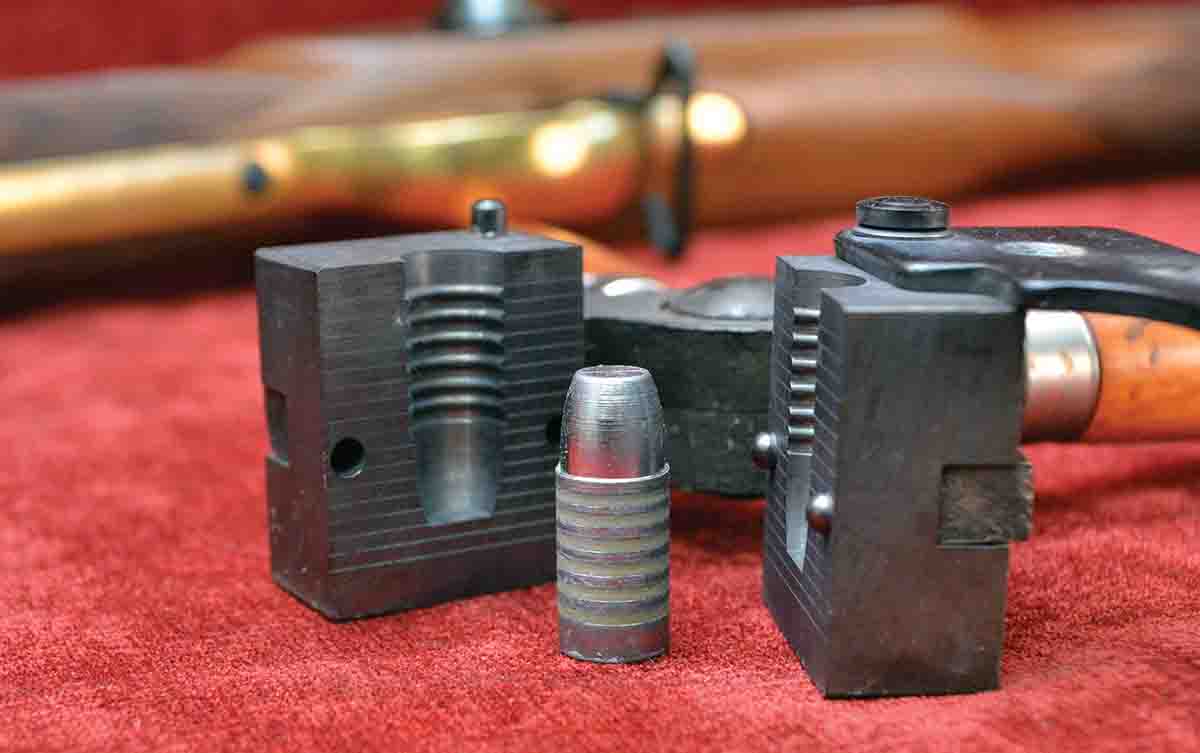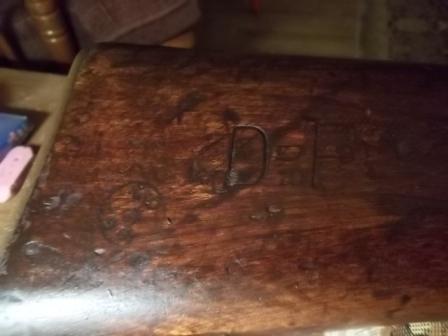
The length of the barrels were unchanged, allowing the weapons to be fired in ranks, since a long rifle was necessary to enable the muzzles of the second rank of soldiers to project beyond the faces of the men in front. The term "rifle-musket" originally referred to muskets with the smooth-bored barrels replaced with rifled barrels. The parts of the Enfield cartridge, including the papers, the Pritchett bullet, and forming tools 577 calibre Minié-type muzzle-loading rifled musket, used by the British Empire from 1853 to 1867 after which many were replaced in service by the cartridge-loaded Snider–Enfield rifle. The Enfield Pattern 1853 rifle-musket (also known as the Pattern 1853 Enfield, P53 Enfield, and Enfield rifle-musket) was a.

Indeed, the Confederacy experimented with many different types, eventually settling on a much smaller diameter (.562) so it could be used with the thicker paper they were forced to use due to a shortage of the British "white fine" paper.User dependent, usually 3-4 rounds a minuteĪdjustable ramp rear sights, fixed blade front sight 568 bullet were discovered (and thus is of a slightly smaller diameter), but made to the original design without accommodation for a plug to save the target shooter from having to make/acquire them.Īs for the moulds supplied to the Confederacy, all sorts were shipped across by British firearms manufacturers only too pleased to make the sales, and these will have varied. I would suggest that it was made after the shortcomings of the. As the mould falls between those, it won't be a British military one.Īs I said, I think it's one produced for target shooters and members of the Volunteer Movement in the UK, made slightly smaller than the original service diameter of. 568 Pritchett showing the smaller cavity (without plug):įor British military use, Pritchetts were either. Sep 15, 2020That mold casts the original Pritchett type bullet with small cavity. If you want to cast up some bullets and send them to me, I'll happily make them up into cartridges and see how they shoot (or send the completed cartridges back to you for you to shoot!). 566 NOE Mould I (and many other people) use for Pritchetts - small enough to easily make up paper cartridges with and to load easily, yet large enough to not need a plug if you don't want to use one. There doesn't seem to be room in the cavity of the bullet cast from your mould to take a plug, therefore one assumes it was intended to be shot without one. 550 but the latter, of course, needed a boxwood or clay plug to get it to expand.

568 Pritchett caused a few problems and was quickly replaced by the. 565 bullet and that would make sense - the original. I imagine, therefore, that this is a commercial mould intended for target shooters? Compare it to a diagram of the military pattern: The base cavity looks a bit shallow for it to be a mould for a military pattern Pritchett utilising a plug.


 0 kommentar(er)
0 kommentar(er)
